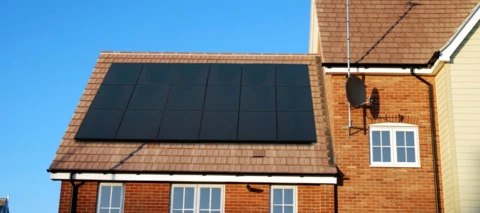- Forum
- Green tech & greener living
- Home and heating
Home and heating
Discussions around the latest home tech: solar, smart heat, battery storage & more
- 331 Topic threads
- 5,173 Comments
When you subscribe we will email you when there is a new topic in this category
331 Topic threads
mikes01666Carbon Catcher*
Posted in Home and heating
HK17Carbon Cutter***
Posted in Home and heating
borageCarbon Cutter****
Posted in Home and heating
miaowliciousCarbon Cutter*****
Posted in Home and heating
CinderKonaCarbon Cutter*****
Posted in Home and heating
akottekkatCarbon Cutter*
Posted in Home and heating
sandmarkNew Member*
Posted in Home and heating
SteveaCarbon Cutter***
Posted in Home and heating
shetlandCarbon Catcher*
posted in Home and heating
Peter EPlan Zero Hero
Posted in Home and heating
bendenvor111New Member***
Posted in Home and heating
YazSunCarbon Cutter***
Posted in Home and heating
peaveyNew Member*
posted in Home and heating
oldunCarbon Cutter*****
Posted in Home and heating
gb hollandNew Member*
Posted in Home and heating
NJ001Carbon Cutter****
Posted in Home and heating
felsteadukCarbon Cutter***
Posted in Home and heating
RobseanCarbon Cutter*
Posted in Home and heating
felsteadukCarbon Cutter***
Posted in Home and heating
JohnnyMackCarbon Cutter***
Posted in Home and heating
JOLLYROGERNew Member**
Posted in Home and heating
New to creating a topic?
The OVO Forum is powered by volunteers. Here are their top tips:
- Looking to get help from OVO? Contact our Support team here
- Search existing topics and check the Community rules before posting
- Please be respectful to others. Our members are other customers like you.
Need advice from other members?
Ask your question to our members - they have the experience you're looking for:
Ask our communityLog in to the OVO Forum
No account yet? Create an account
Enter your E-mail address. We'll send you an e-mail with instructions to reset your password.
Scanning file for viruses.
Sorry, we're still checking this file's contents to make sure it's safe to download. Please try again in a few minutes.
OKThis file cannot be downloaded
Sorry, our virus scanner detected that this file isn't safe to download.
OK











